From Knowledge to Application: Enhancing Your eLearning Impact
In the field of instructional design and eLearning development, learning transfer is essential for maximizing the effectiveness of educational programs. Often, organizations miss out on this vital element, causing a gap between gaining knowledge and using it effectively at work and in life. As eLearning developers, we work to bridge this divide between knowledge and application by weaving learning science and education research into our eLearning. Our goal is to ensure that learners not only absorb information but are ready to use it in real scenarios. In this discussion, we'll explore how incorporating learning transfer can improve your educational efforts, empowering you to reach your impact goals. Join us as we dive into tactics that can create meaningful and lasting learning experiences.
Understanding Learning Transfer
Learning transfer is the backbone of any successful educational program that aims to improve a learner's practice. Let’s look at why it matters and how to overcome the hurdles in making it work.
Importance in Educational Programs
The success of educational experiences for professional development, especially eLearning, hinges on effective learning transfer. It bridges theoretical insights and hands-on application, ensuring learners can apply their knowledge in real-life circumstances.
Learning transfer shifts passive learning to active skill development, enhancing the impact and value of educational programs for both learners and organizations.
By incorporating learning transfer, you can craft more profound and lasting learning experiences. This approach boosts retention, enhances performance, and increases the return on investment in educational initiatives.
Challenges in Implementation
Effective learning transfer in eLearning isn’t always easy. One challenge is the gap between where learning happens (ie. online, in an LMS) and where it's applied (at work, in community, etc.).
Another hurdle is the limited chances for practice and feedback in many eLearning setups. Without these, learners might find it difficult to implement their knowledge practically.
Individual differences in learning preferences and motivations can also complicate the transfer process. This calls for a more individualized strategy for learning transfer.
Strategies for Effective Transfer
Conquering these challenges involves deploying strategic approaches that support learning transfer. Let's explore how designing with transfer in mind and using learning science principles can help.
Designing with Transfer in Mind
Creating eLearning with transfer in mind means shifting our focus. Instead of just delivering content, instructional designers should think about how learners will apply what they learn in real life.
An effective strategy is using real-world scenarios and problem-solving exercises throughout the learning journey. This bridges theory and practice.
Providing plenty of opportunities for practical application and feedback is vital—think interactive simulations, case studies, scenarios, and peer activities.
Finally, designing for transfer involves nurturing a supportive learning atmosphere that fosters experimentation and reflection, facilitated by discussion forums, projects, and reflective tasks.
Utilizing Learning Science Principles
Learning science offers key insights into how people learn and remember. By applying these principles, we can boost learning transfer in eLearning settings.
Spaced repetition: Revisit concepts over time to enhance long-term memory.
Retrieval practice: Use quizzes and assessments often to reinforce learning and spot gaps.
Elaborative rehearsal: Encourage learners to describe concepts in their own terms and link them to existing knowledge.
Leveraging multimedia learning can also enhance transfer. Mix text, images, audio, and video to accommodate different learning preferences and increase engagement.
Consider adaptive learning technologies to tailor the experience based on individual progress and needs, leading to more effective knowledge and skills transfer.
Enhancing E-Learning Outcomes
By applying proven strategies and prioritizing real-world application, we can significantly heighten the success of eLearning programs.
Applying Research to Programs
Embedding research insights into eLearning is crucial for boosting learning transfer. Stay informed on the latest from cognitive science, educational psychology, and instructional design.
Metacognition is a research area worth exploring—it can greatly improve learners’ ability to apply knowledge in new contexts.
Also, using worked examples can be invaluable. These step-by-step demonstrations help learners build solid mental frameworks for future challenges.
Real-World Application Techniques
To truly boost eLearning outcomes, we need to focus on techniques that encourage the practical use of knowledge and skills.
Project-based learning is one such technique—it lets learners tackle real-world problems, simulating situations they may face in their careers.
Virtual reality (VR) and augmented reality (AR) are also powerful tools. They create immersive settings where learners can practice and apply skills safely.
Finally, consider microlearning strategies to deliver concise, targeted content linked to specific job roles or challenges, improving the application of learning to the workplace.
